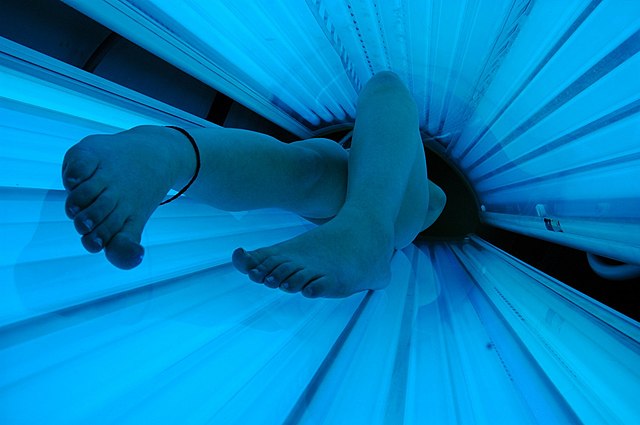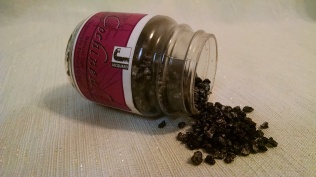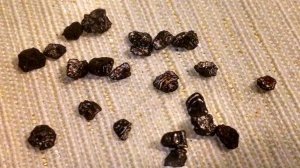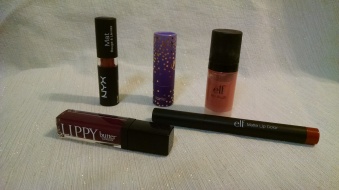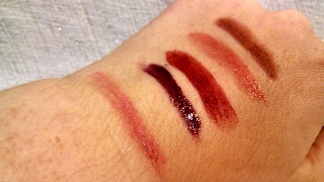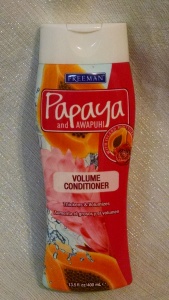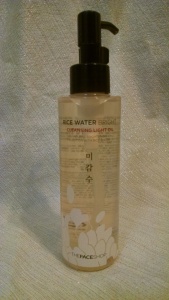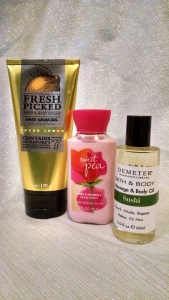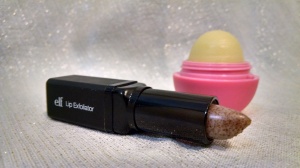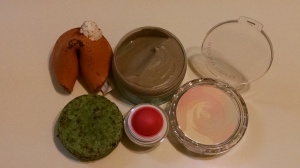Hi everybody! I’m back! Sorry for falling off the map, there. Last summer happened, complete with two vacations (one with my bf’s family; one just with the bf) and a visit from the parents. What started as a little break from blogging became a sabbatical as we got ready for a short move. Weeks stretched into months. Tumbleweeds rolled across this site. Spiders took up residence. And then a friend of mine was like “what happened to your makeup blog?” and I was like “um… massive personal failings and inexcusable neglect?” and she was like “And? Quit languishing in self-hatred and get back to writing!” and I was like “K”. I really did miss you guys! Grovel grovel! Sad emojis!
Let’s jump back in. For keepsies this time. Maybe. Don’t mind the spiders.
And yes, we’ll get back into sunscreen somewhere along the lines as we get back into summer (I owe you part 2 after, all), but first, something completely different!
*clears throat*
I grew up starting my makeup routine like I’m betting a lot of you guys did: with concealer and foundation. Bam. Base face two-thirds of the way done. Somewhere along the line, however, everything got way more complicated. Am I talking about contouring? Nope. Strobing? No. Baking? Hell no, honey. I just received an email from one makeup brand suggesting I drop my current bullshit, outdated routine and move on to something called non-touring. That ain’t what we’re talking about today either. But the word “non-touring” bothers me for some reason and I thought I’d make you suffer the same vague sense of unease.
Actually, today, we’re kicking off a series covering the universal Step One for all of those techniques. The holy starter grail! Primers!
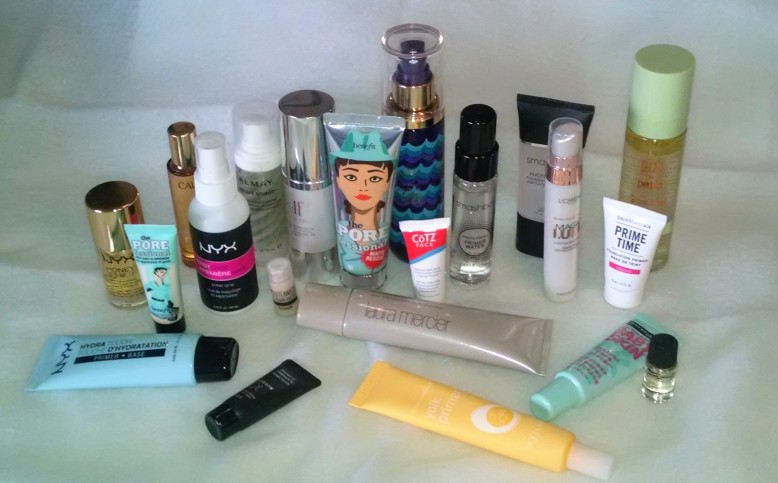
There are gels, oils, and “waters”. Some primers claim to moisturize, some color correct, some absorb excess oil, and almost all boast that they’ll for sure erase that most dreaded facet of human existence: pores. I began my journey by staring, wide-eyed, at the vast range of primers showcased on one end cap at Sephora and then at an equally vast range of foundations, arranged on a neighboring end cap. I could feel everyone else in the store holding their breath, suspense hanging thickly in the air. Would I be the first to successfully pair everything in column A to the right products in column B? I’m pretty sure that getting them all right causes balloons to rain down and sirens to sound and you’re rewarded with a picture on the wall and permanent VIB Rouge status. I can’t confirm this, though, and neither can you, because no one has ever passed that particular test. It’s the Water Temple level of Zelda for the cosmetic world. I’m completely on board with my makeup not running down my face or turning my skin into a dry, flaky Martian hellscape, but seriously, I am in desperate need of a few hints or a cheat code or something.
Internet, I beg of you: haaaalp?
To Youtube we go (for a start)! Then what say we mix and match a bunch of primers with a bunch of foundation types (cushion, liquid, powder, and stick) and see what happens (and then find out why)? Maybe I’ll even give a go at running or swimming with a couple makeup base pairs on in search of a magic combo that will allow me to rule the summer months with an iron fist from this day forward. All shall bow before my sweat-proof glory!
What’s in all these primers? What do they mean by “water” primer? Is silicone gel bad for my face? What key ingredients matter most when comparing primers and foundations? What type of primer works with the most makeup? Is there anything harmful or patently useless in primers that I should be aware of? Are primers even worth using in the first place? Do they really make a difference in the wear time of foundations and in my overall makeup results?
What about eye primers? Should they get their own article, because this seems like a lot to cover already (probably, yes)?
Who started this whole primer fad anyway? How far back does it go? And whoever came first – is their product still being made? Can I try it? Spoiler: yes, and I found it! Is it the best or just the first? Are Korean primers better? Are drug store and high-end primers really that different? Should I use multiple primers?
What about the multi-taskers I mentioned in the beginning that do more than just prime? Is there a really good one out there that’ll save me time and money by – gasp – performing as promised? What’s the difference between a primer and a CC cream? Where do they draw the line? Are skin–toned things not technically primers? Does that make it a tinted moisturizer or bb cream or something else instead? If they’re clear, green, or purple are they primers or just color-correctors?
Why the in the world does this one contain egg yolk?
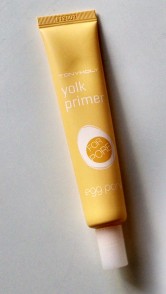
Honey and gold flecks: wt actual f?
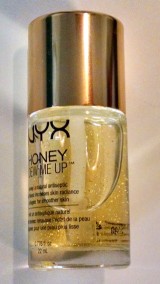
If I put them all on at the same time, will my face melt off?
(image probably way too graphic to exist here)
Let’s find out!




